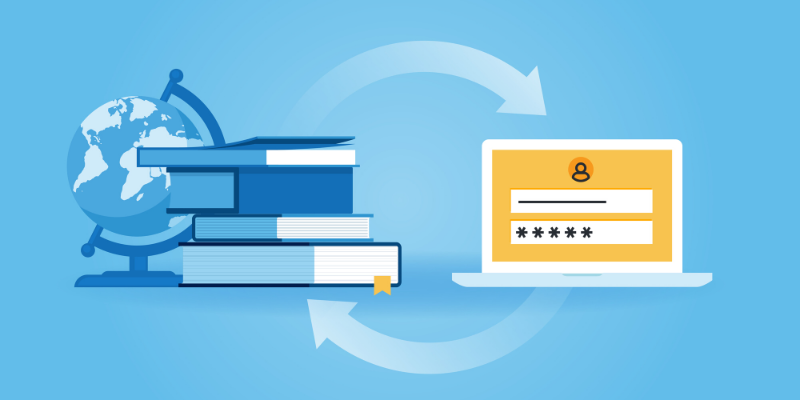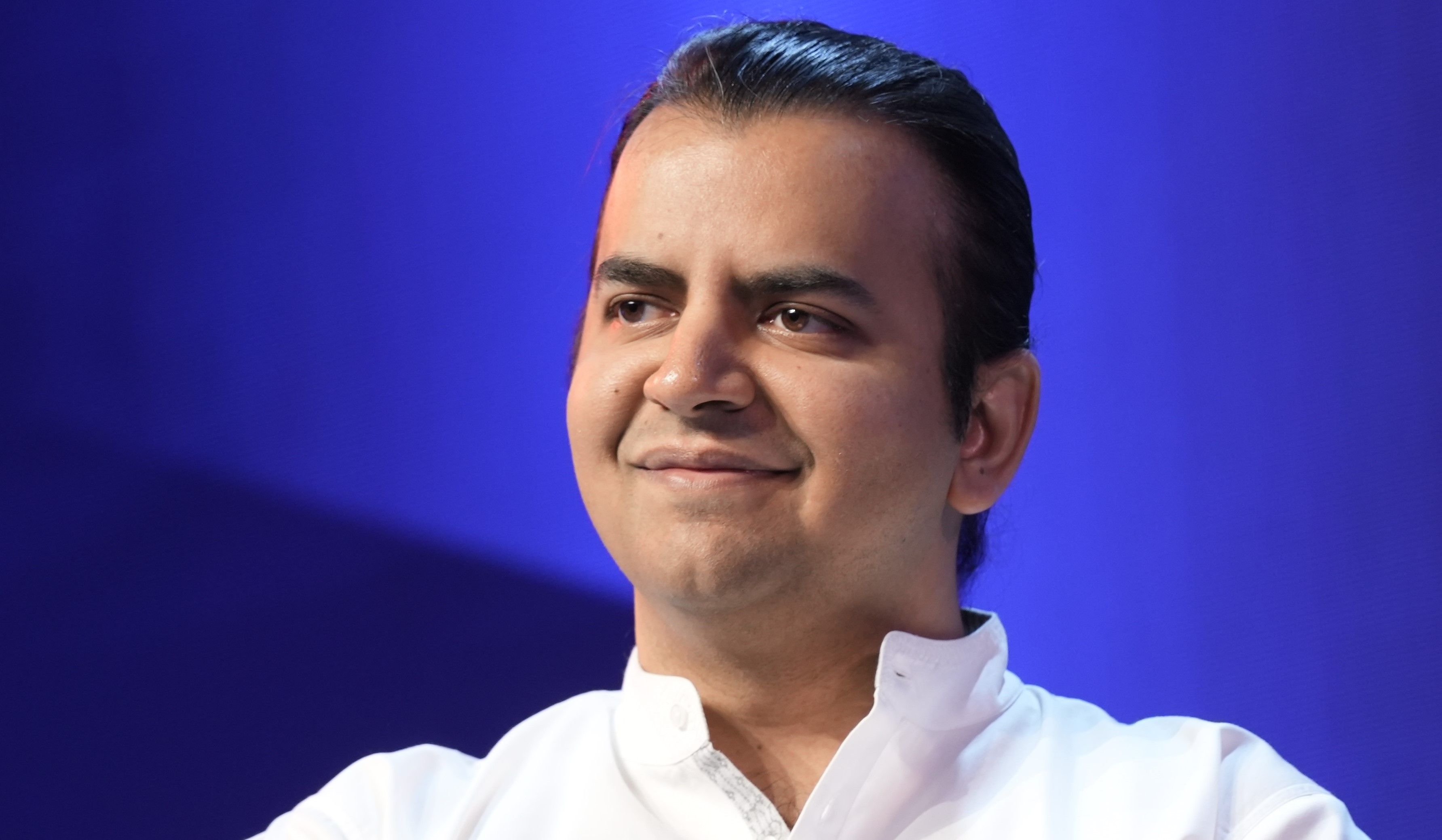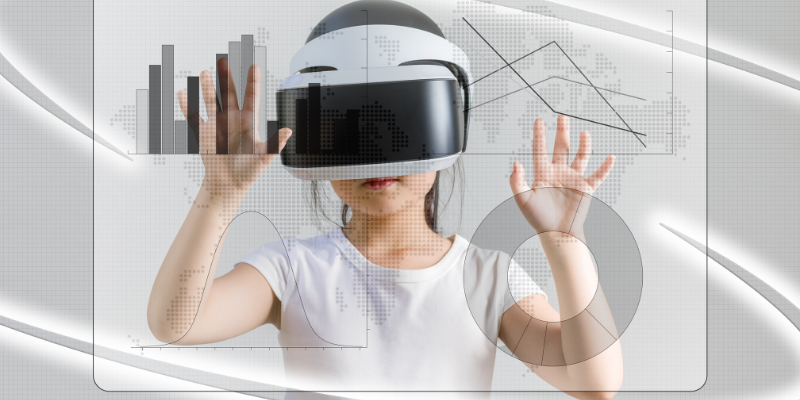Top 7 trends in education sector to watch out for in 2020
From teachers using tech to smart campuses and digital libraries, technology is having a major impact on the learning and teaching methodologies.

Recently, an acquaintance shared with me an interesting anecdote. He recalled how he was struggling to join a meeting through a digital platform, and how his daughter, a primary school kid, helped him resolve the issue. “My girl was more tech savvy than me,” he laughed.
This is a snapshot of what language the next generation is likely to speak - digital. This is because technology has become a key driving force, which determines how we live, work, eat, entertain, play, or even learn.
The education sector should see this as a sign of things to come, or rather which are already here. Adopting technology is therefore the next step for schools, especially in the times of Covid-19, a pandemic which has accelerated the adoption of technology in everything we do.
Many ideas have emerged on how education will evolve in this new ‘Stay at Home’ era. For schools, such evolution will include embracing new and innovative trends in 2020 that will positively impact students, teachers, and parents. Here are some things we can do to keep in step with the times:
New role of teachers
The last decade has seen a paradigm shift in the way present day learners process knowledge. According to experts, teachers should be able to successfully integrate technology in the teaching process for the digital natives to learn effectively and absorb necessary information.
Today, teachers cannot be sticking to conventional methods of teaching, but they need to be more tech-savvy and well-versed with making optimum use of technology to broaden the horizon of the students. This is the reason constant upgrading of knowledge is essential for teachers as well, so they can stay in step with the times and sometimes ahead of the curve.
Whether it is transforming the classroom into a virtual one, using multimedia to explain concepts, or using devices like iPad and laptop to help students access knowledge from sources other than the book, a teacher has to play a much bigger role than what used to be 10 years ago.
Since the present day education is aimed at preparing students for 21st century skills, teachers should be able to focus on weaving the 4Cs into the education process. They should be innovative in their teaching approach and try to develop communication, creativity, critical thinking, and collaborative spirit among students.
Smart campus
Smart campus will soon become a matter of survival for schools that want to stay in the race. Just like the world is experiencing the emergence of virtual classrooms, which is becoming a basic requirement for educational institutions, every school will have to integrate technology at a large scale to enhance the learning experience of students.
As we know, technology comes naturally to the digital natives, their learning experiences are better defined through approaches that are technologically driven.
To cater to these evolving needs of the new-age learner, schools will have to adopt path-breaking ways of teaching by leveraging the latest technology.
Highly sophisticated multimedia equipment, virtual reality apps, 3D technology, digital classrooms, design labs, and maker spaces are a few requirements that will be deemed necessary for a smart school.
Using Artificial intelligence (AI)
With more than half the world already moved to virtual learning, time is not far that AI and chatbots will play a larger role in assisting teachers in the classrooms and labs.
Chatbots will play the role of assisting teachers in the future as in-house information kiosks or problem-solvers, to allow students to look for flexible and personalised ways of learning. Training will be largely digitised and delivered, with human intervention limited to supervision and inputs, only when necessary. This can be seen in on-field technologies like SPEDAS, which we use in sports, where coaches are assisted by AI to enhance games of the players on field through data analysis.
AI is already playing a big role by helping educators know the pulse of learners and then designing a customised learning experience for different learning needs.
This is seen in the 7S data analytics methodology in academics, which is used by teachers to find the strengths and weaknesses of students in subjects, and then customised learning is arranged for improvement.
Connecting students to learning in new ways
Gamification - gamification is increasingly being used for advanced learning and attain better learner engagement. Time is not far when schools will heavily rely on gamified versions of teaching concepts, which generation Z will find easier to absorb and retain. Research shows that integrating game design elements in teaching sees higher levels of motivation and engagement.
Virtual Reality (VR) - VR involves helping students learn through interactions with a 3D world. For instance, instead of taking the students through an information-heavy history class, the teachers can use 3D technology to explore ancient civilizations, travel to distant countries for a class in geography, or even take a trip to outer space during a class on science.
More cybersecure network security
As we move towards a learning approach that is highly digitised and thrives on exchange of ideas on a much larger scale, schools will need to fortify themselves with the best-in-class cybersecurity network for the future.
Students are finding new avenues to connect to the world through digital technology. They not only share their personal data but also their voice, pictures, video, and opinion, with people far and wide. This makes them gullible for phishing scams as well as temptations.
With cyber criminals getting smarter by the day, there is a high chance any of these can be tampered and misused to malign the character of the student. It is the growing responsibility of school to protect its network and all the devices registered under school, and prevent cyberattacks.
The entire concept of smart school translates into going digital in every way possible. A smart school is swarmed by devices connected to the internet, and in fact there are more devices than pupils in the school.
To store this data safely and protect it from cyberattack, schools will need a highly effective cybersecurity network.
Exam revolution management
When the classroom is in the smart device of students, then why not assessments? Modern day schools will have to break out from the traditional ways of testing and assessing students, giving them more flexibility to take exams from any location without having to come to school.
Recent developments in AI have shown promising evidence that technology can be used to revolutionise the conventional examination patterns that will soon start making our digital natives wary, bringing down their performance levels.
Smart schools will use AI and related technology to make assessment and feedback more personalised. Flexibility in time and the place of taking exams will be the need of the hour.
We are working to bring this plan to fruition. GIIS IDEAS or Integrated Digital Examinations and Assessment System, is a digital examination and assessment system, which is digitised and completely secure. It provides the creation, delivery, and conducting of examinations using tablets to deliver the exam question papers digitally, and later assess the papers and provide quick results.
Reading through a digital library
As the lessons are increasingly becoming virtual, libraries also must go digital to support the educational journey of the students.
Schools will bring their physical libraries to a cloud platform and make e-reading more accessible to students. In this age of instant gratification, students are looking for information at their fingertips. If we want the future generation to read e-books and get the information from the right source, and school libraries need to be digitised.
Digital libraries will also help preserve our precious books for many generations to come. As the future generations will use the internet for most of the tasks, chances are that the traditional concept of reading books will remain longer in their habits if the books are available in the digital format.
Technology is continuously evolving, and in order to serve students in the best possible way, the education industry needs to be sure that it is keeping up with new trends.
By adopting, adapting, and mastering these new realities, educational institutes will continue to be beacons of innovation and creativity, provided they always keep an eye out for newer methods of improvisation and growth.
Staying ahead of the curve will then go hand-in-hand with staying at home. Going forward, we should all aspire to reach that stage.
Edited by Megha Reddy
(Disclaimer: The views and opinions expressed in this article are those of the author and do not necessarily reflect the views of YourStory.)










![[Funding alert] IIT Kanpur-backed startup Phool.co raises $1.4M in a pre-Series A round](https://images.yourstory.com/cs/2/e641e900925711e9926177f451727da9/Image64ln-1598521641321.jpg)

